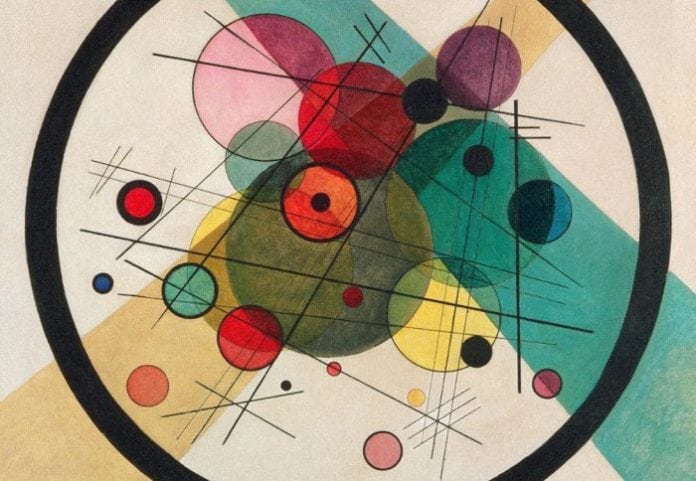Employing Neurons to Study Impact of Aged Mitochondria on Brain
Mitochondria are a significant goal for aging and therefore are instrumental in the age-dependent corrosion of the human anatomy, but analyzing mitochondria in aging individual nerves has been hard. Immediate fibroblast-to-induced neuron (iN) conversion yields practical neurons which maintain important signs of aging, compared to iPSC distinction.
Defective energy generation in older neurons may explain why our brains are so vulnerable to adrenal ailments. Salk researchers used a new system to detect cells from elderly folks had diminished mitochondria-that the power channels of cells and decreased energy generation.
“Most other methods use chemical stresses on cells to simulate aging,” says senior author Rusty Gage, a professor in Salk’s Laboratory of Genetics and the Vi and John Adler Chair for Research on Age-Related Neurodegenerative Disease. “Our system has the advantage of showing what happens to mitochondria that age naturally, within the human body.”
In this new investigation, the team asked if mitochondria in the cells retained hallmarks of aging throughout the iN conversion procedure. Employing skin cells collected from people varying in age from 0 to 89 years old, the group generated iNs from every donor and then utilized many different approaches
to examine the mitochondria of every group of cells.Mitochondria from skin tissues isolated from every person revealed few age-related alterations. But as soon as the cells have been directly converted into neurons, mitochondria from elderly donors were significantly distinct.
Mitochondrial genes associated with energy production had been turned away and the mitochondria were significantly less dense, more fragmented and created significantly less energy.
“Pretty much every area we looked at—functional, genetic, and morphological—had defects,” says Jerome Mertens, a Salk staff scientist and co–corresponding author of the new paper.
The researchers hypothesized that the reason the mitochondria of iNs were more impacted by aging than the mitochondria of skin cells was that neurons rely more heavily on mitochondria for their energy needs. “If you have an old car with a bad engine that sits in your garage every day, it doesn’t matter,” Mertens says. “But if you’re commuting with that car, the engine becomes a big problem.”
“There is no other in vitro human neuronal model to study aging,” says Yongsung Kim, a research associate and first author of the paper. “So the big takeaway from our paper is that we developed a tool that enables us to study neurological aging and age-related diseases.”






























